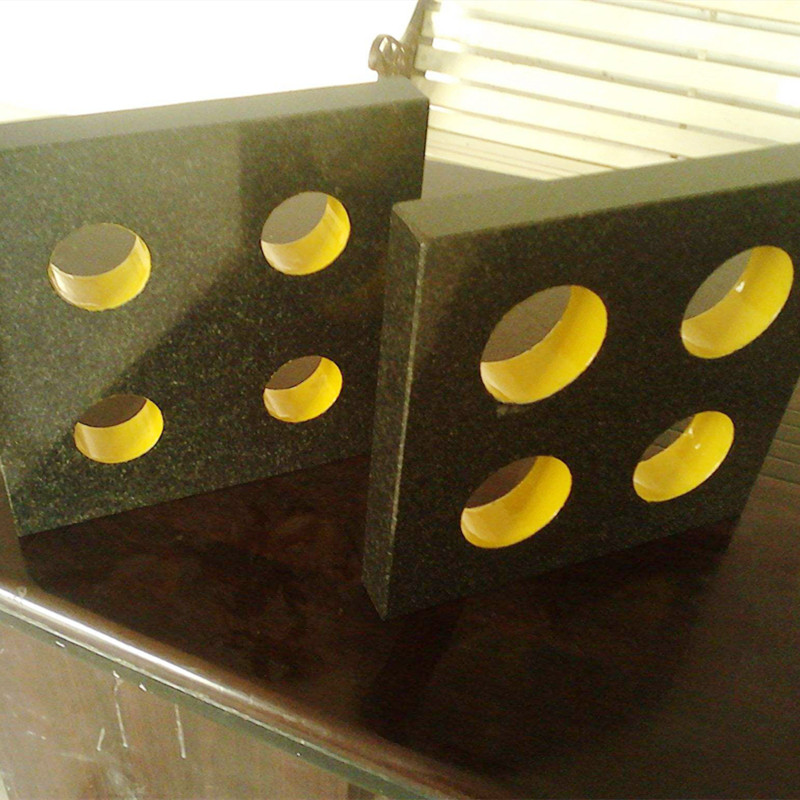12 月 . 03, 2024 14:53 Back to list
Understanding the Functionality and Benefits of a 3 Way Butterfly Valve in Fluid Control
Understanding 3-Way Butterfly Valves A Versatile Solution for Fluid Control
In various industrial applications, efficient fluid control is essential to ensure optimal performance and safety. Among the devices available for this purpose, the 3-way butterfly valve stands out for its versatility, simplicity, and effectiveness. This article explores the key features, working principles, applications, advantages, and maintenance of 3-way butterfly valves.
What is a 3-Way Butterfly Valve?
A 3-way butterfly valve is a type of valve that regulates the flow of fluids through a pipeline by means of a rotating disc-like structure. Unlike standard butterfly valves that control flow in a straight line, 3-way butterfly valves are designed to direct flow in multiple directions—typically providing the ability to mix, divert, or isolate flows. These valves have three ports one inlet and two outlets or vice versa. This design allows for greater flexibility in managing fluid flows in complex piping systems.
Working Principle
The working mechanism of a 3-way butterfly valve is relatively straightforward. When the actuator (manual or automatic) rotates the valve handle, the disc within the valve pivots around an axis, allowing or restricting fluid flow. The position of the disc determines the flow path. In a mixing application, the valve can blend two different fluids, while in a diverting application, it can redirect flow to a different route. The disc's position can be controlled to provide precise flow control, making these valves ideal for various applications where accuracy is paramount.
Applications
3-way butterfly valves have an extensive range of applications across different industries, including
1. Water and Wastewater Treatment Used to control flow rates and direct water in treatment processes. 2. Chemical Processing Employed for controlling the flow of corrosive chemicals in piping systems. 3. Food and Beverage Ensuring hygienic processing by allowing precise control over fluid mixing and flow direction. 4. HVAC Systems Used for regulating the flow of heating and cooling fluids in building systems. 5. Pharmaceuticals Essential for controlling and mixing specific formulations where accuracy and cleanliness are crucial.
3 way butterfly valve

Advantages
One of the main advantages of 3-way butterfly valves is their compact design. Unlike traditional multi-port valves, they occupy less space and can be easily integrated into existing piping systems. Additionally, they provide significant weight savings, which can be advantageous in applications where structural load is a concern.
Another benefit is their low pressure drop. The streamlined flow design of the butterfly disc allows the fluid to pass through with minimal resistance, resulting in energy-efficient operation. This feature is particularly important in applications where fluid flow rates are high.
3-way butterfly valves are also relatively easy to operate. The simple rotating mechanism can be automated or operated manually, providing flexibility in system setup. Furthermore, they typically require low maintenance due to their robust construction and fewer moving parts compared to other valve types.
Maintenance Considerations
To ensure optimal performance and longevity, regular maintenance of 3-way butterfly valves is essential. Common maintenance activities include
1. Inspection Regular checks for leaks, wear and tear, and any signs of corrosion or damage. 2. Cleaning Ensuring that the valve components, especially in food and pharmaceutical applications, remain clean to prevent contamination. 3. Lubrication Keeping the actuator mechanism properly lubricated to ensure smooth operation. 4. Testing Periodic testing to ascertain the valve's functioning under different operational conditions.
Conclusion
The 3-way butterfly valve is an invaluable tool for fluid control in a wide range of industrial applications. Its design simplicity, coupled with its ability to direct and mix fluids effectively, makes it a preferred choice in many sectors. By understanding the working principles, advantages, and maintenance requirements of these valves, industries can optimize their systems for better efficiency, safety, and performance. As technology advances, we can expect even more innovations in valve design, further enhancing the capabilities of 3-way butterfly valves in fluid management.
-
Y Type Strainers: A Comprehensive GuideNewsOct.18,2024
-
Understanding Water Valve Options for Your NeedsNewsOct.18,2024
-
Functions and TypesNewsOct.18,2024
-
An Essential Component for Fluid SystemsNewsOct.18,2024
-
Adjustment and ReplacementNewsOct.18,2024
-
Slow Closing Check Valves: A Key Component in Fluid SystemsNewsOct.08,2024
Related PRODUCTS









